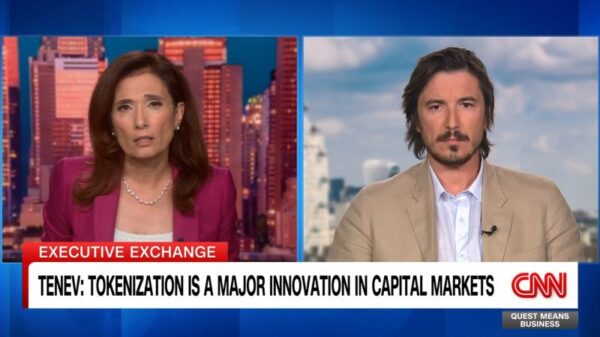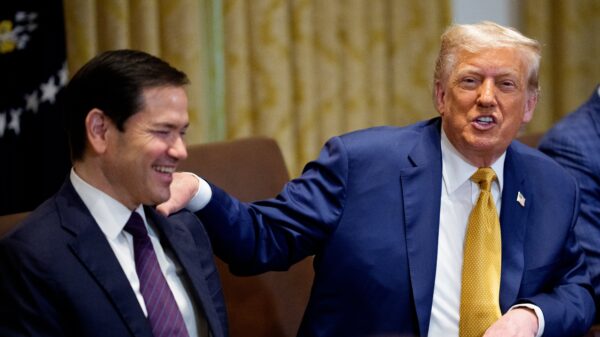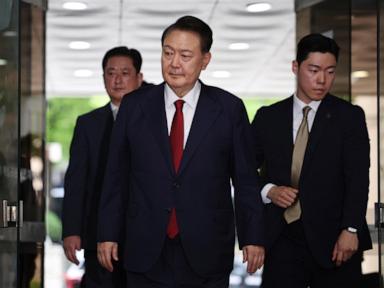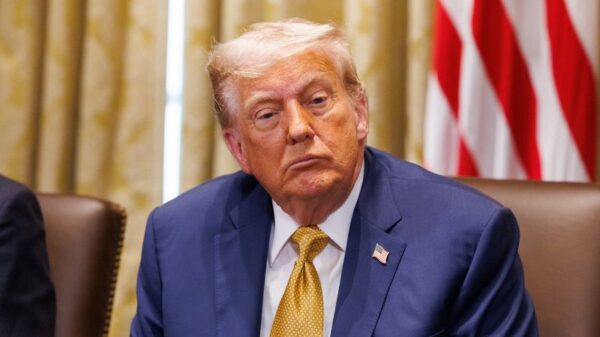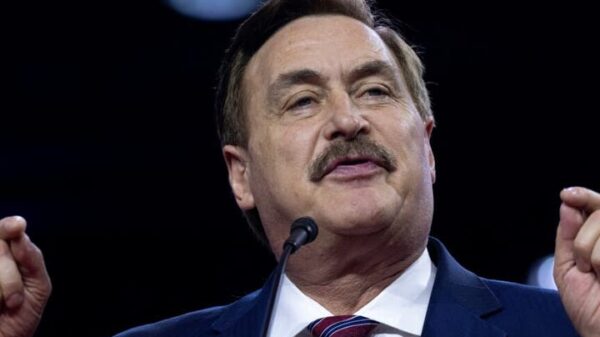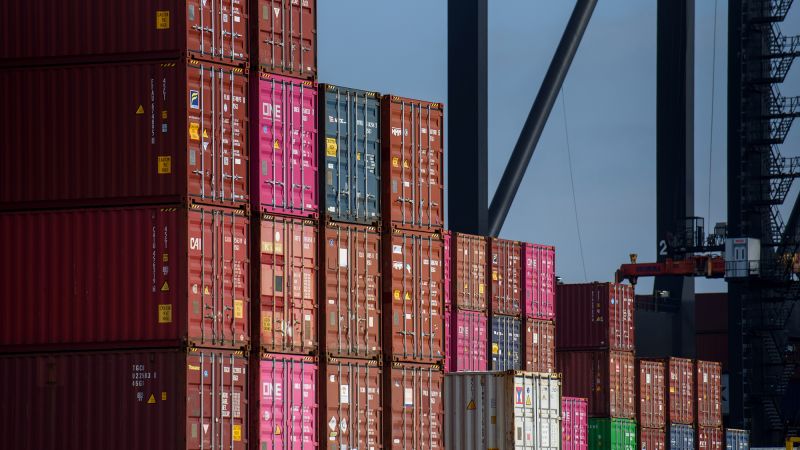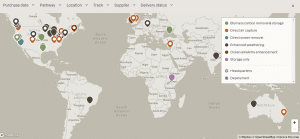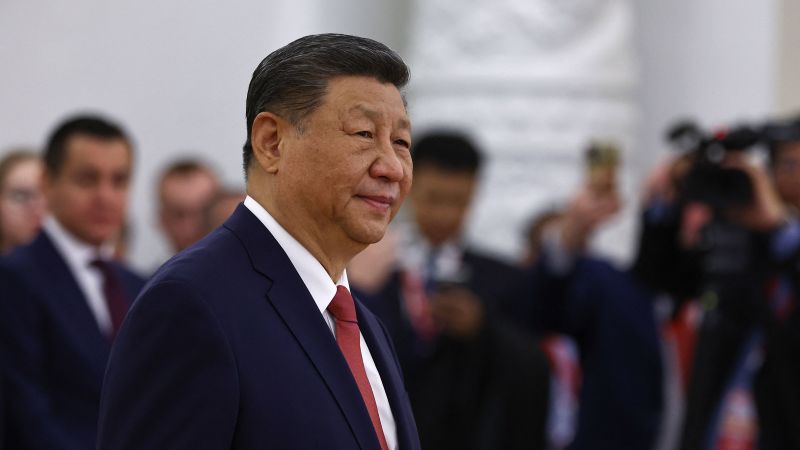President Donald Trump has postponed the introduction of his controversial “reciprocal” tariffs on numerous countries, which were initially set to take effect today after a three-month delay. The new deadline, now slated for August 1, prolongs uncertainty for businesses while providing America’s trading partners additional time to negotiate trade agreements that could help them avoid substantial levies.
Mainstream economists generally view this delay favorably. Many believe that tariffs are detrimental to the economies that impose them, negatively impacting both workers and consumers. While some acknowledge the challenges posed by free trade, high tariffs are seldom considered a viable solution. Despite the implementation of these tariffs, there has been no significant impact on U.S. inflation, economic growth, or job creation. Treasury Secretary Scott Bessent metaphorically described the situation as “the dog that didn’t bark,” indicating a lack of immediate adverse effects.
Nevertheless, economists warn that inflation and employment figures may react adversely to the tariffs over time. As Antonio Fatas, an economics professor at INSEAD, stated, “The positives [of free trade] outweigh the negatives, even in rich countries.” He emphasized that both the United States and Europe have benefited from open trade policies.
Impact on Consumers and the Economy
Tariffs function as taxes on imports, which typically lead to increased costs for producers and higher prices for consumers. Approximately half of all U.S. imports consist of intermediate products essential for manufacturing finished goods, according to the Organisation for Economic Co-operation and Development (OECD). For instance, Doug Irwin, an economics professor at Dartmouth College, explained that products like Boeing aircraft and automobiles rely heavily on internationally sourced components. When American companies face increased costs for imported materials, these expenses are often passed on to consumers.
During Trump’s first term, steep tariffs on $283 billion worth of imports were introduced in 2018. A study conducted by Mary Amiti at the Federal Reserve Bank of New York found that these tariffs resulted in a “complete pass-through” into the domestic prices of imported goods, adversely affecting American consumers. Since 2001, generally low tariffs have kept prices stable, but experts anticipate that the new tariffs will lead to increased consumer prices.
Federal Reserve Chair Jerome Powell indicated on June 18 that inflation related to goods is expected to rise, stating, “We’ve had goods inflation just moving up a bit and, of course, we do expect to see more of that.”
The anticipated tariffs may also hinder U.S. economic growth. A study from 2020, which analyzed data from 151 countries from 1963 to 2014, showed that tariffs can have “persistent adverse effects” on a country’s gross domestic product (GDP). Low or non-existent tariffs allow nations to focus on their competitive advantages, enhancing overall economic output. When tariffs increase, productivity may decline due to higher costs of imported inputs and decreased specialization.
Uncertainty surrounding these tariffs is particularly pronounced this year, given the unpredictable nature of Trump’s trade policy. Surveys from the National Federation of Independent Business indicate that this uncertainty is already affecting American companies’ investment plans. The proportion of small businesses intending to make capital expenditures within the next six months reached its lowest level in April since early 2020, during the COVID-19 pandemic. The federation noted, “The economy will continue to stumble along until the major sources of uncertainty [including over tariffs] are resolved.”
Job Creation and Retaliation Risks
The impact of tariffs on employment also raises concerns. Studies show that increasing import taxes can lead to slight increases in unemployment. Irwin pointed out that previous steel tariffs resulted in job losses rather than gains, as more people are employed in downstream industries than in steel manufacturing itself. A Federal Reserve Board study found that rising input costs from U.S. tariff hikes in 2018 and 2019 led to job losses in American manufacturing, exacerbated by retaliatory tariffs on U.S. exports.
Retaliation from trading partners poses a further risk. Increased tariffs on American exports typically raise prices for foreign consumers, which can diminish demand. Following Trump’s announcement of new tariffs this year, key trading partners swiftly implemented their own levies, although the U.S. subsequently achieved a temporary truce with China and the European Union.
While economists agree that free trade has largely benefited the global economy, they recognize its drawbacks, including job losses in communities exposed to international competition. Hugh Gimber, a global market strategist at J.P. Morgan Asset Management, noted the parallels between the impact of imports and technological advancements on workers. He emphasized the importance of retraining programs for those affected by trade changes, advocating for a “just transition” to minimize harm to workers.
The pandemic highlighted the vulnerabilities of global supply chains, raising questions about dependency on distant manufacturers. Despite this, tariffs are generally not viewed as an effective means to bolster domestic manufacturing; subsidies for specific industries are considered a more direct approach.
Ultimately, the case for free trade is often framed around its role in fostering peaceful international relations. As Gimber’s colleague, David Kelly, noted, closer trade ties can create mutual interests that discourage conflict.
CNN’s Bryan Mena, David Goldman, Phil Mattingly, and Laura Smith-Spark contributed reporting.



